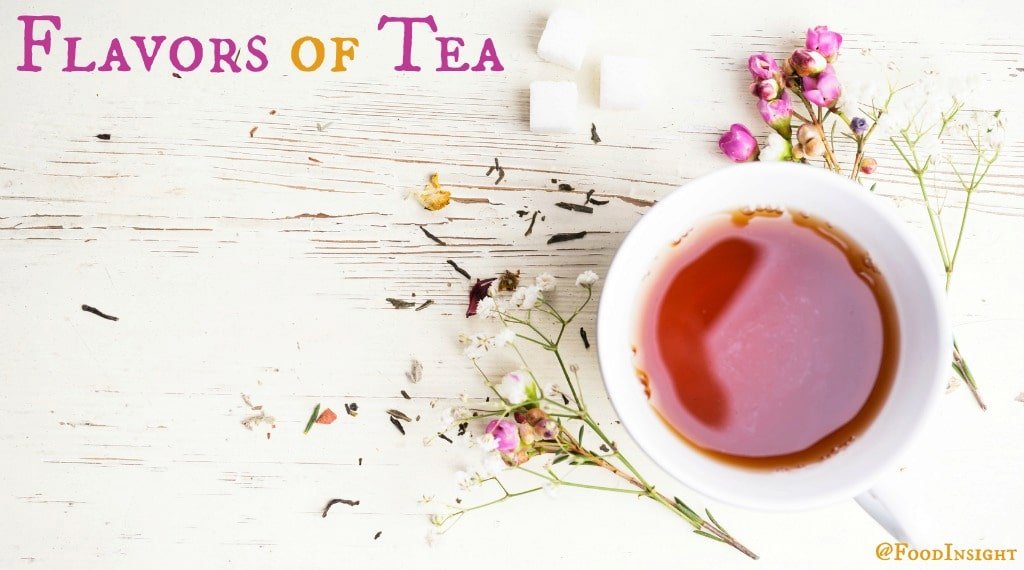Floral, grassy, sweet, slightly bitter, nutty, astringent—only a few of the many flavors of tea. For us purists, tea is the beverage produced by adding hot water to leaves of Camellia sinensis, a shrub originating in Asia. So how do we get so many flavors and styles of tea, if it all comes from the same plant?
There are many factors that influence a tea’s aroma: processing method, growing conditions, and harvesting time are only a few to consider. We will leave tisanes (beverages made by infusing herbs, spices, and other plants) for a different time. Here are the most common flavors of tea from lowest to highest caffeine content, and some suggestions for food pairing:
White Tea
White tea has light, flowery, sweet flavors due to the fact that it is minimally processed. Young leaves and buds are dried naturally in the sun and offer a gentle aroma with almost no bitterness. It is best paired with mildly flavored foods and lightly sweet desserts.
Most well-known: Silver Needle, Bai Mudan
Green Tea
Green tea is bolder in taste than white tea. It can be fruity, flowery, and earthy but always grassy and slightly bitter even when sweet. The leaves are generally processed by sun or oven-drying, basket/charcoal/pan firing, or steaming, which gives them a more intense taste and full aroma. It is great with Asian and Middle Eastern food because it doesn’t interfere with the diverse and complex seasonings encountered in these cuisines.
Most well-known: Sencha, Matcha, Dragon Well, Gyokuro, Rain Flower, Green Snail Spring
Black Tea
Black tea is darker in color and bold in taste. It can be earthy, nutty, fruity, malty, and astringent, and it is very common to see blends in this category. Black teas are sometimes enhanced with essential oils, spices, and sweeteners to diversify flavor. This variety has the most extensive processing method that ends with oxidation/fermentation; therefore, they can be stored for longer periods of time without losing aroma. It pairs well with breakfast egg dishes, hearty foods, and sweet and creamy desserts.
Most well-known: English breakfast, Oolong, Darjeeling, Asam, Earl Gray (with Bergamot oil), Masala Tea (with spices)
In a league of its own, although considered a black tea, is Pu-erh. Pu-erh is fully oxidized and further processed through microbial fermentation. This specific processing method gives it strong characteristics of astringency and bitterness. Pu-erh is best enjoyed after a large, heavy meal.
If you want to learn more about the flavors of tea, take a look at the International Tea Masters Association Aroma Wheel, and stay tuned for our tisane post in the very near future. [UPDATE: Read it here.]
